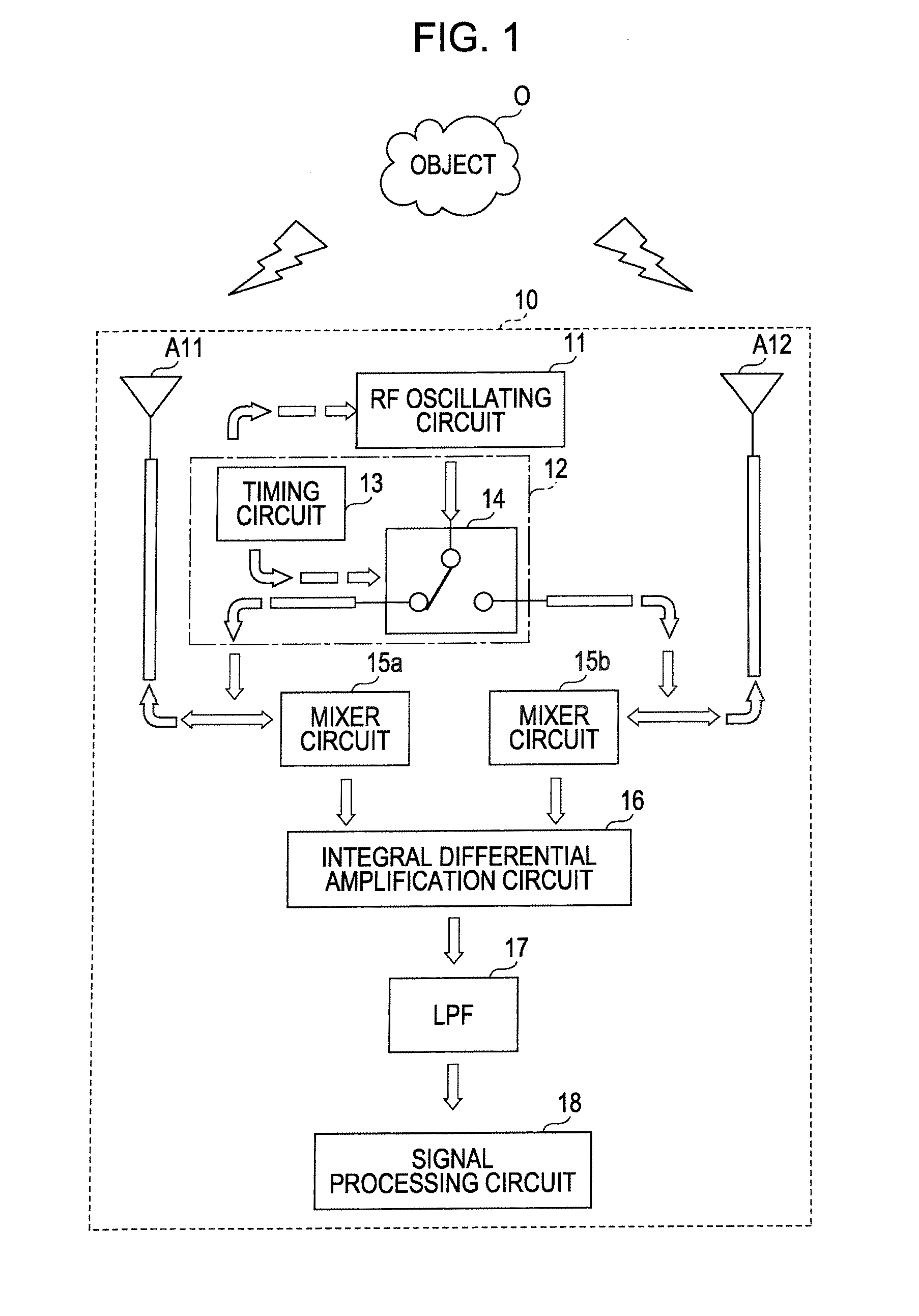Wireless sensor apparatus
a sensor and wireless technology, applied in the field of wireless sensor apparatus, can solve the problems of increasing the size of the apparatus, difficult to meet both the antenna reception sensitivity and the miniaturization of the apparatus, and achieve the effect of reducing the peak power required for the oscillator
- Summary
- Abstract
- Description
- Claims
- Application Information
AI Technical Summary
Benefits of technology
Problems solved by technology
Method used
Image
Examples
Embodiment Construction
[0022]The following description is intended to convey a thorough understanding of the embodiments described by providing a number of specific embodiments and details involving a wireless sensor apparatus. It should be appreciated, however, that the present invention is not limited to these specific embodiments and details, which are exemplary only. It is further understood that one possessing ordinary skill in the art, in light of known systems and methods, would appreciate the use of the invention for its intended purposes and benefits in any number of alternative embodiments, depending on specific design and other needs.
[0023]Hereinafter, with reference to the accompanying drawings, various embodiments of the present disclosure will be described in detail. A wireless sensor apparatus according to an embodiment is provided with a plurality of antennas for transmission and reception and may be configured to feed pulse signals generated by an RF oscillating circuit to the respective ...
PUM
 Login to View More
Login to View More Abstract
Description
Claims
Application Information
 Login to View More
Login to View More - R&D
- Intellectual Property
- Life Sciences
- Materials
- Tech Scout
- Unparalleled Data Quality
- Higher Quality Content
- 60% Fewer Hallucinations
Browse by: Latest US Patents, China's latest patents, Technical Efficacy Thesaurus, Application Domain, Technology Topic, Popular Technical Reports.
© 2025 PatSnap. All rights reserved.Legal|Privacy policy|Modern Slavery Act Transparency Statement|Sitemap|About US| Contact US: help@patsnap.com



